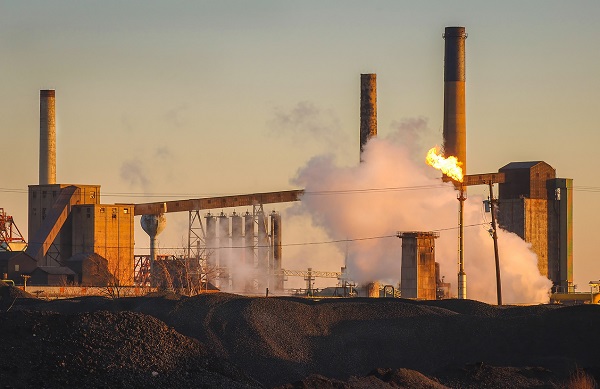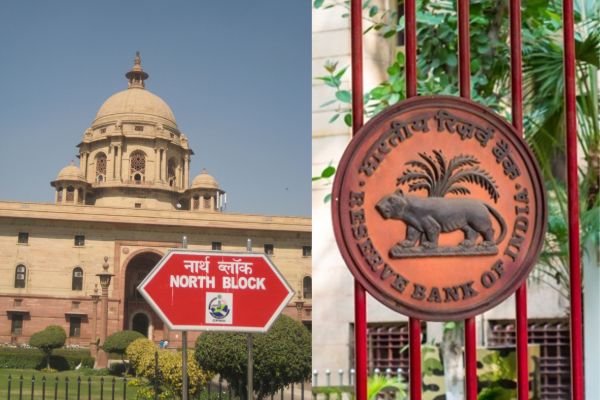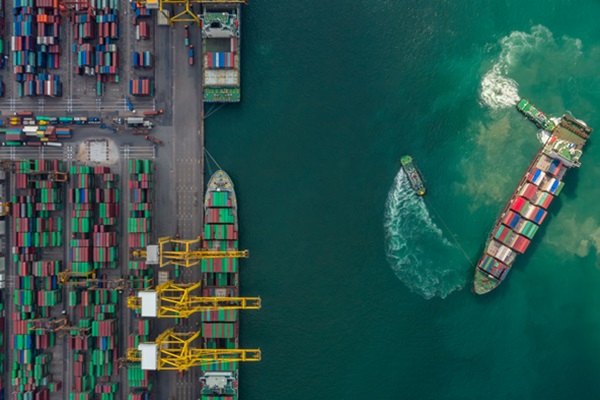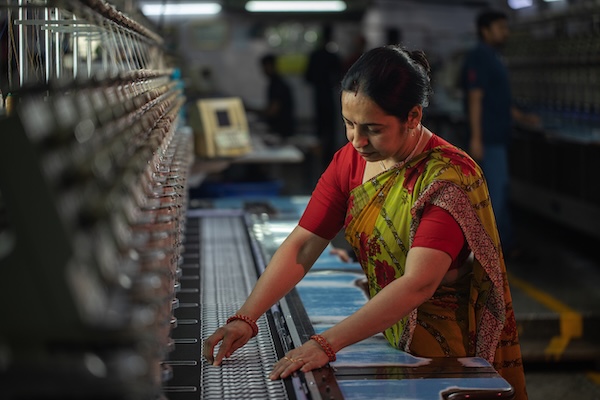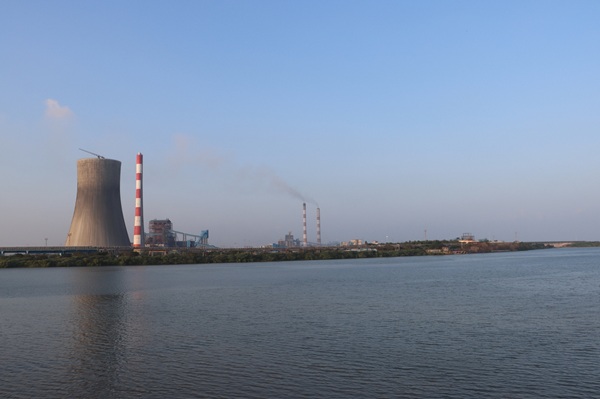.png)

By Hemachandra Padhan
Dr Hemachandra Padhan is an Assistant Professor, General Management and Economics, IIM Sambalpur.*
September 9, 2025 at 8:55 AM IST
Europe’s Carbon Border Adjustment Mechanism, set to be fully operational by 2026, will not slip quietly into the background of global trade. It is a blunt new reality: a tax on imports tied to the carbon emitted in their production. The European Union may frame it as an environmental safeguard, a way of preventing “carbon leakage”. For India, however, it lands squarely as an economic challenge.
Heavy emitters such as steel, aluminium, cement, fertilisers, and electricity stand at the frontline of this transition. Together, these sectors not only account for a significant share of India’s exports to the EU, but also form the foundation of the country’s domestic growth and infrastructure development.
Indian steelmakers emit nearly twice as much carbon per tonne as their European peers. Aluminium is worse still, heavily coal-fired and carbon-heavy. Even cement and fertilisers, though smaller in trade volume, sit well above European intensity benchmarks. Electricity, with its coal-heavy grid, lurks as an indirect penalty, inflating the carbon footprint of every manufactured export.
CBAM brings India face-to-face with three challenges. Trade competitiveness will suffer as European tariffs eat into cost advantages. Technology transition is unavoidable—green hydrogen, renewables, and carbon capture are no longer optional extras. And climate equity remains unresolved: should developing countries really bear the cost of decarbonisation dictated by richer nations?
Triple Challenge
The financial stakes are not trivial. For steel and aluminium alone, CBAM could mean hundreds of millions of dollars in annual costs. Yet the deeper reckoning is strategic. India cannot insulate itself with rhetoric about fairness while the world’s largest trading bloc resets the rules of the game. The real choice is whether to see CBAM as an obstacle, or as a push we needed anyway.
Viksit Bharat 2047, India’s vision of developed-nation status, cannot be realised without an industrial base that is both competitive and clean. The EU’s mechanism should be viewed as an external push that accelerates India’s internal green industrial policy.
Four Priorities
Industrial decarbonisation must be pursued as a national mission, not a patchwork of pilot projects. Steel and aluminium, which together make up the lion’s share of India’s CBAM exposure, should lead the charge with green hydrogen and renewable integration. A public target, say, 50% of exports in these sectors being green by 2040, would tie ambition to accountability.
Finance and technology will decide whether this ambition is credible. Sovereign green bonds, carbon capture incentives for cement, and partnerships under the Just Energy Transition framework can ease the upfront costs of going green. Without concessional finance at scale, India risks being priced out of its own transition.
A robust domestic carbon market is also overdue. India’s nascent Carbon Credit Trading Scheme needs to be aligned with global norms, so exporters can claim credit for cutting emissions at home. Without that, CBAM will remain a one-way penalty.
And finally, there is the chance to diversify and lead. If India invests now in low-carbon manufacturing, it could sell not just to Europe but to the Global South, becoming a hub for affordable green goods. CBAM could even be the launchpad for global leadership.
This, then, is the true weight of CBAM. It is not just a customs tweak or a tariff tiff. It is a stress test of whether Indian industry will cling to coal or seize the future. The levy may be European, but the choice is entirely ours.
We can treat it as an unfair burden and stumble defensively through the next decade. Or we can use it as a catalyst to reforge industry in greener steel, cleaner aluminium, and a lighter carbon footprint. CBAM is Europe’s mechanism, but it is India’s moment of truth.
*Views are personal
